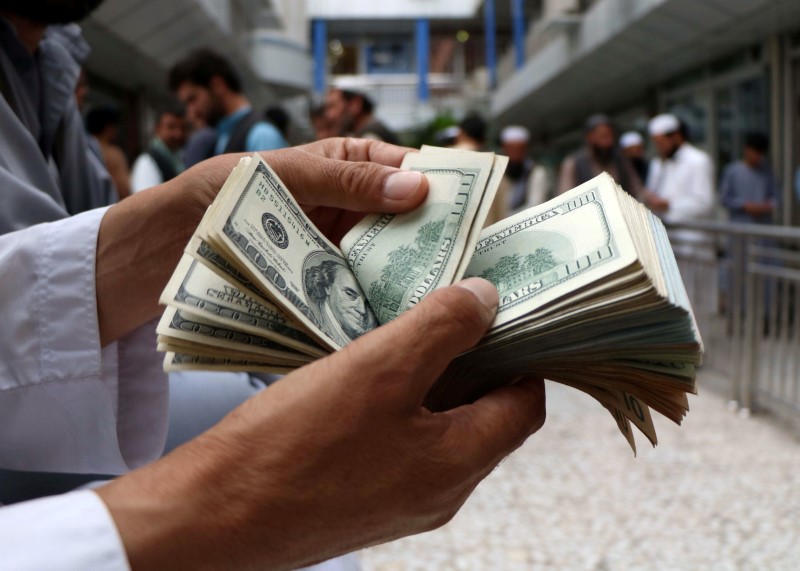By Gina Lee
Investing.com – The dollar was up on Tuesday morning in Asia, seeing its fourth consecutive day of gains against major peers as the prospect of large stimulus measures drove U.S. Treasury yields higher.
U.S. President-elect Joe Biden, who alongside his administration takes office on Jan. 20, has promised “trillions” in extra COVID-19 stimulus measures.
The U.S. Dollar Index that tracks the greenback against a basket of other currencies edged up 0.16% to 90.588 by 11:37 PM ET (4:37 AM GMT). The index has rebounded from a nearly three-year low seen during the previous week after 10-year Treasury yields topped 1% for the first time since March, rising as high as 1.148% during the previous session.
Support from rising yields has allayed fears that extra spending on the stimulus measures could lead to faster inflation, in ordinary cases making the U.S. currency less attractive.
However, some investors expect that the dollar will continue a decline that saw the index lose close to 7% in 2020, once the stimulus spending and COVID-19 vaccination rollouts kickstart a global economic recovery and improve investor risk sentiment.
“It’s complicated because higher U.S. yields are giving the dollar a bounce, but stimulus could support U.S. equities, and the dollar would remain weak,” Citigroup (NYSE:C) Global Markets Japan head of G10 FX strategy Osamu Takashima told Reuters.
“In the medium-term, we remain bearish on the dollar. Dollar assets look expensive,” Takashima added. FX market speculators also remain extremely bearish on the dollar, according to U.S. Commodity Futures Trading Commission data released on Friday.
The USD/JPY pair inched up 0.06% to 104.31. Japanese markets returned from a holiday, with the dollar slipping 0.1% to the yen after its rise to a one-month high of 104.40 on Monday.
The AUD/USD inched down 0.07% to 0.7690, while the NZD/USD pair inched up 0.01% to 0.7161.
The USD/CNY pair inched down 0.10% to 6.4733, while the GBP/USD pair inched up 0.01% to 1.3516.
The euro was largely steady at $1.2151, after slipping to 1.21320 during the previous session for the first time since Dec. 21. Meanwhile, bitcoin was trading below the $35,000 mark, a sign that the rally that saw the digital currency touch an all-time high of $42,000 on Jan. 8 may be over. Prices slid as much as 20% on Monday, with some investors saying that the recent gains defy logic and the U.K.’s financial watchdog, the Financial Conduct Authority, issuing a statement that consumers should “be prepared to lose all their money.”
